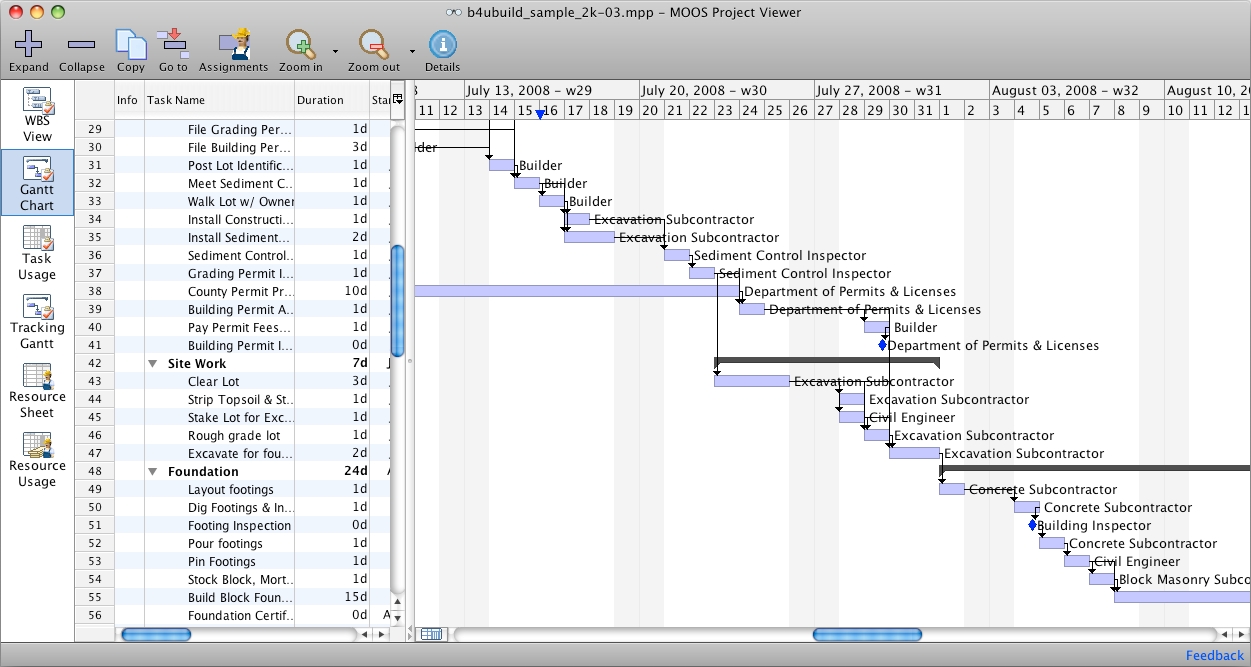

XTree was supplemented by the enhanced XTreePro in 1988, which added features for working with multiple disk drives, speed improvements, and brought the keyboard commands more in line with other common DOS programs. Įven in its earliest version XTree contained features like listing all files of a branch, including subdirectories, listing of all files on a disk, or viewing a file's contents in text or hexadecimal format (regardless of its file extension), a feature never added to the built-in Windows file manager. By 1991, XTree had sold over 3 million copies and was released in over a half-dozen languages. The TREE command found in later DOS releases displayed directories in a markedly similar fashion.
FILE MANAGER PROGRAM FOR MAC FULL
Johnson describes the creation of a visual directory tree as follows: 'Everyone in the room when I first drew it on a whiteboard When I sat down, Tom and Dale both said "it can't be done." Henry, on the other hand, could read me like a book, and seeing the look in my eyes said something like, ". possible, but not on today's computers." That was a Friday afternoon, it was running by Monday morning and by the end of the day verified as being accurate by an office full of skeptics. Johnson was the originator of the visual directory tree concept first used in an Epson backup product created by ESI. The XTree name was the concept of Johnson's wife, Arletta, who had made the suggestion: "'XTree'. Additional contributions were made by ESI owners Dale Sinor, Tom Smith, and Henry Hernandez, as well as Ken Broomfield, who provided quality assurance. Johnson, who was working for a company named Executive Systems, Inc. Work had begun on XTree in December 1984. XTree 1.0 was officially introduced on April 1, 1985, at the West Coast Computer Faire and sold for $39.95.


 0 kommentar(er)
0 kommentar(er)
